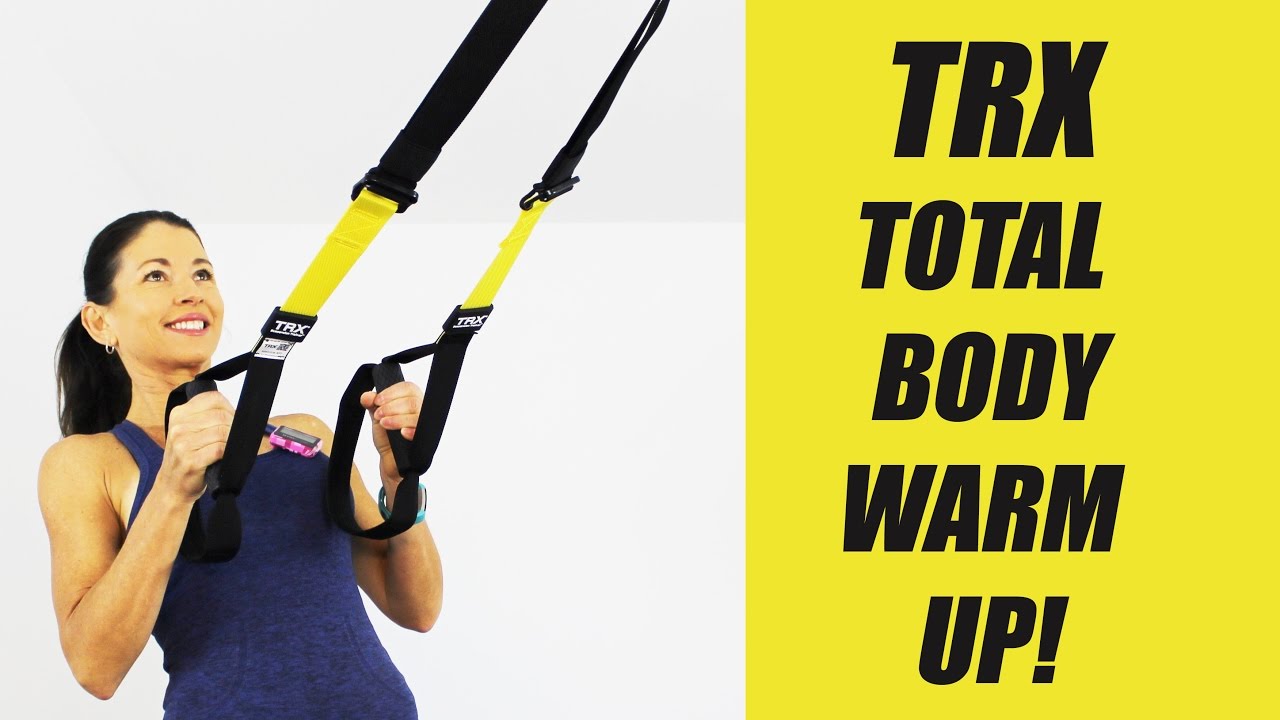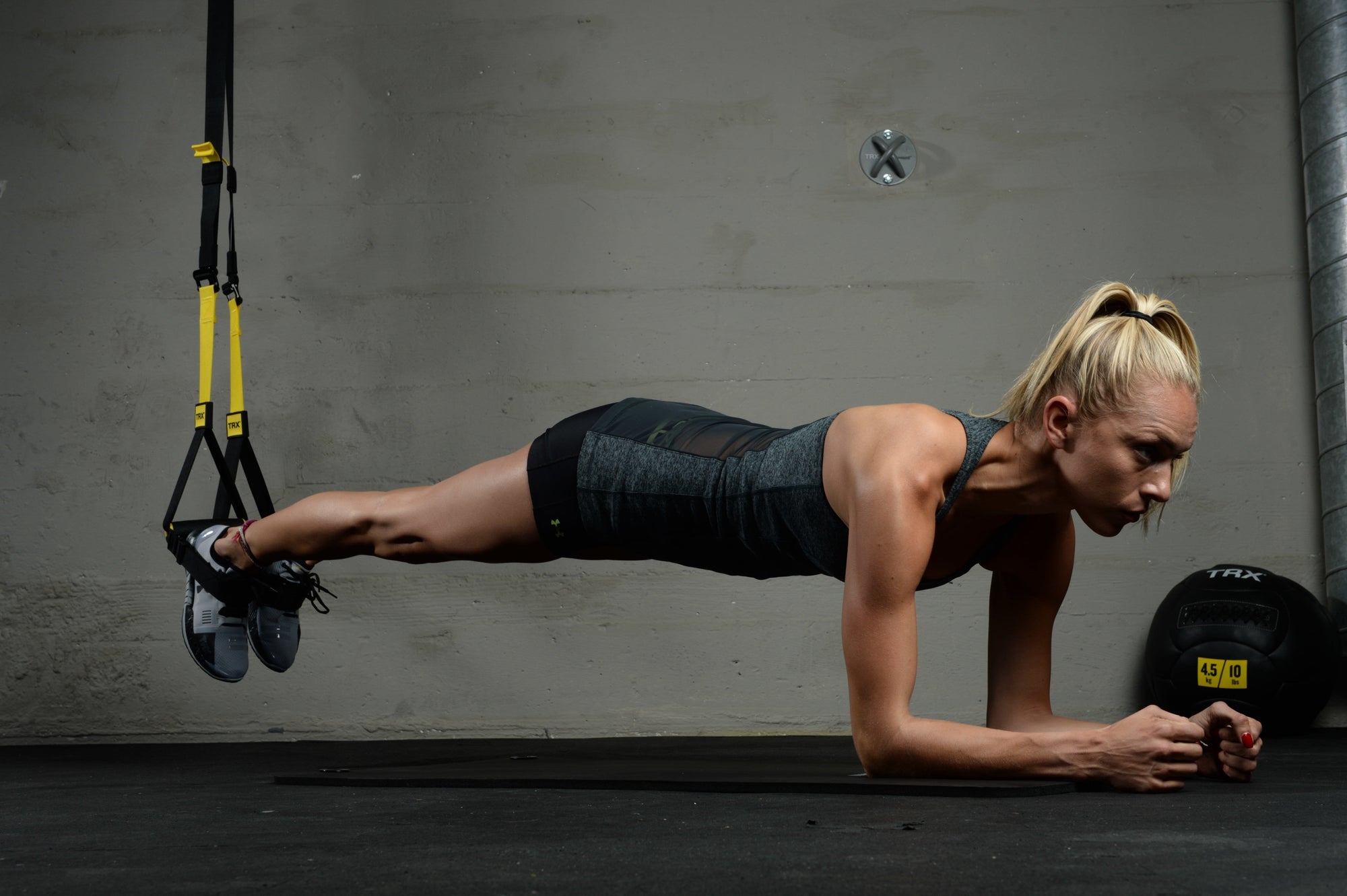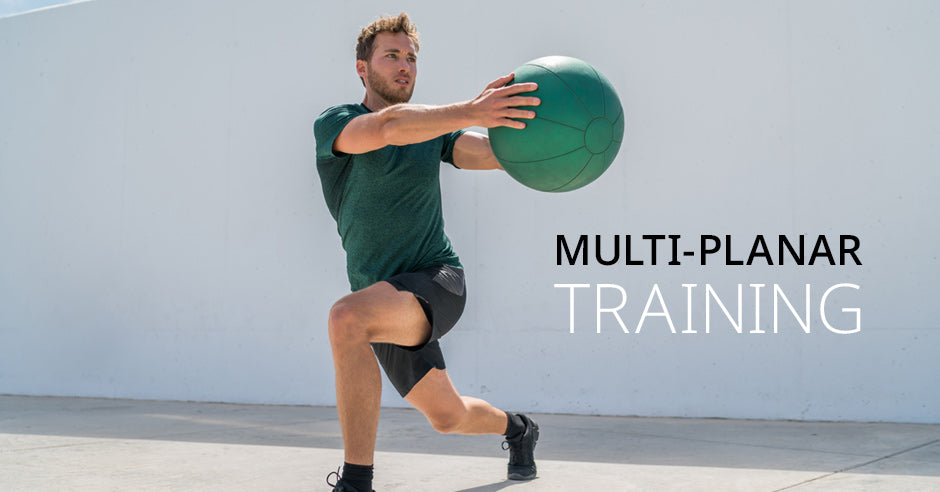Your grade school P.E. teacher told you: warm up to prevent injuries. He was right. But there's more to it than that. An effective pre-workout routine helps to prime the body by:
● Waking up and preparing the neuromuscular system
● Increasing synovial fluid throughout the joints of the body
● Introducing motor control patterns to facilitate the execution of progressively more complex exercises
● Improving the compliance of soft tissue
Establish Stability
TRX programs are built on a foundation of core stability. The following technique will help you engage the deep muscles of your abdomen and the supporting muscles of your spine, creating bracing and stabilizing effects for your lumbar spine:
- Stand with your feet hip-width apart, your weight distributed evenly between the toes and heels of each foot. Your arms should be relaxed and resting at your sides. Your ears, shoulders and hips should be aligned.
- Take a deep breath. As you exhale, imagine you are going to do the following simultaneously: forward bend, back bend and side bend (both to the left and to the right). Engage all of the abdominal muscles that would enable these four motions, but keep your spine still. Be mindful to maintain the natural curve of your lumbar spine.
- Repeat this exercise (deep breath, exhale, imagine movement) several times until you feel the stabilizing muscles of your core are “turned on” and ready to control larger, more complex movements.
Layer on Mobility
Building from the ground up, begin to layer on mobility. Squats and forward lunges are both excellent exercises to incorporate into a pre-workout routine as they:
- Mobilize the ankle, knee and hip joints
- Invigorate the large muscles of the hamstrings, quads and glutes, thereby increasing blood flow throughout the body
- Provide basic stability challenges, elevating the need for motor control
Complete a set of progressively deeper squats for 30 seconds followed by 60 seconds of lunges with alternating feet.
Add Complexity
Introduce movements for the upper body that focus on shoulder and t-spine mobility.
- Stand with your feet hip-width apart again, a soft bend in your knees and your weight distributed evenly between the toes and heels of each foot. Raise your arms until they are parallel to the floor, with your palms facing down. Your arms should now be forming a T shape with your torso.
- Externally rotate your shoulders so that your palms now face the sky. Reverse this action and try to get your palms to face behind you. Repeat 10 times.
- Now perform a series of straight arm chest flys for about 20 seconds. Follow this with a series of shoulder presses. Keep your core engaged and your spine in neutral throughout.
Put It All Together
- Combine the chest flys and shoulder presses with your squats. Complete two 30-second sets: squats with chest flyes followed by squats with shoulder presses.
- Add the t-spine rotation to your lunges. Bend your elbows and raise your arms in preparation for a shoulder press. Now, step your right foot into a lunge. Keeping your hips level and your pelvis facing straight ahead, rotate your torso and turn your chest to the right.
- Return to your starting position and repeat the complimentary movement with the left foot. Complete a set of 10 reps on each leg.
Warming up is too often neglected by athletes pressed to fit workouts into their busy schedules. This common mistake can reduce the effectiveness of the workout to follow (after all, better flexibility = better fitness), so be sure to implement an effective pre-workout routine with all of your clients and athletes.
You can perform the above movements with the TRX Suspension Trainer to add a higher level of pre-activation. If you’re looking for more TRX exercises to incorporate into your warm up, check out our TRX Essentials: Flexibility DVD or check our our Flexibility and Mobility training page.
As TRX Head of Human Performance, Chris Frankel draws from over 25 years of experience as a strength and conditioning coach. He earned an MS in Exercise Physiology from the University of New Mexico, where he is currently completing his doctorate in Exercise Science. Before taking the position of Director of Programming at Fitness Anywhere, Chris was an instructor in the Department of Health, Exercise and Sport Sciences at the University of New Mexico.



